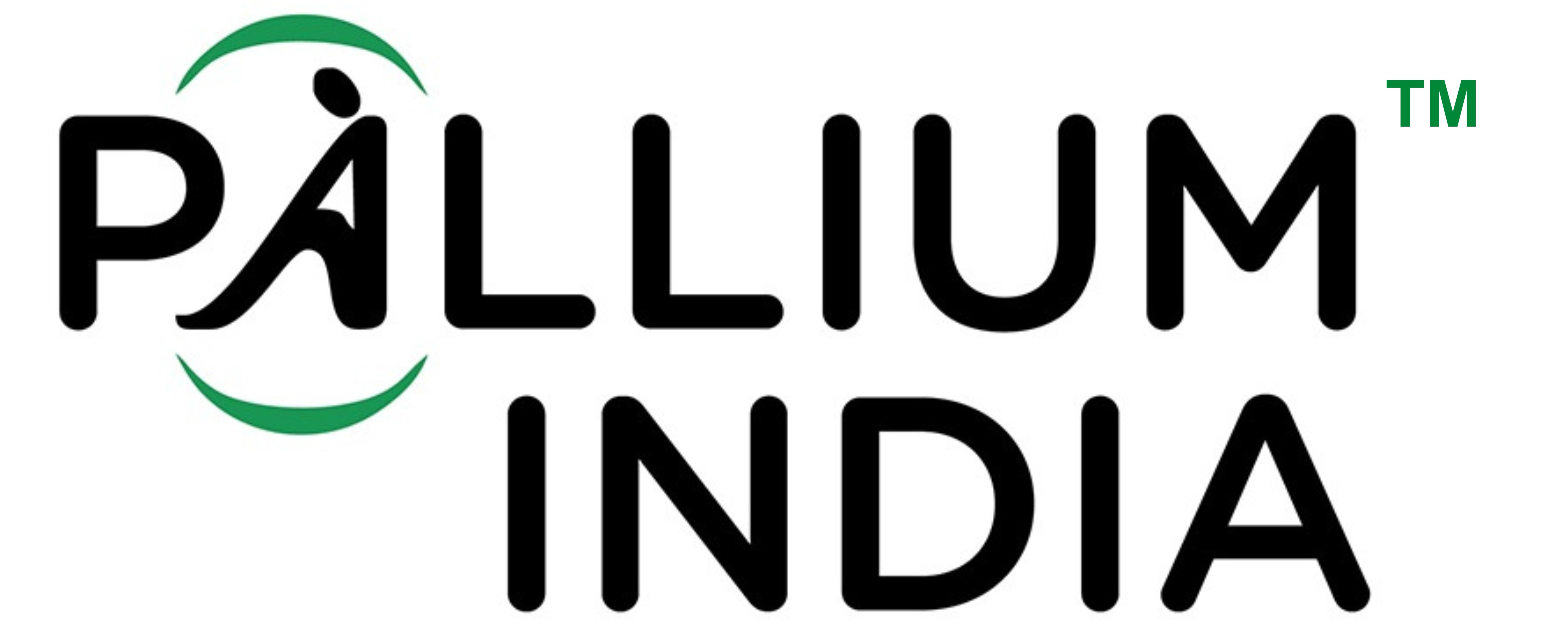What Should Medicine Do When it Can’t Save Your Life?
“Our medical system is excellent at trying to stave off death with eight-thousand-dollar-a-month chemotherapy, three-thousand-dollar-a-day intensive care, five-thousand-dollar-an-hour surgery. But, ultimately, death comes, and no one is good at knowing when to stop”
Says Atul Gawande in the New Yorker of August 2, 2010.
But do not think that this is one of those articles that blindly advises against aggressive curative treatment. It is not.
Atul Gawande argues forcibly for a balance. And for the evidence in favor of combining life-prolonging treatment with palliative care.
“A two-year study of this “concurrent care” program found that enrolled patients were much more likely to use hospice: the figure leaped from twenty-six per cent to seventy per cent.
That was no surprise, since they weren’t forced to give up anything.
The surprising result was that they did give up things. They visited the emergency room almost half as often as the control patients did. Their use of hospitals and I.C.U.s dropped by more than two-thirds. Over-all costs fell by almost a quarter.”
Read the full article here and Dr Michael Minton’s comments in a previous blog post.




